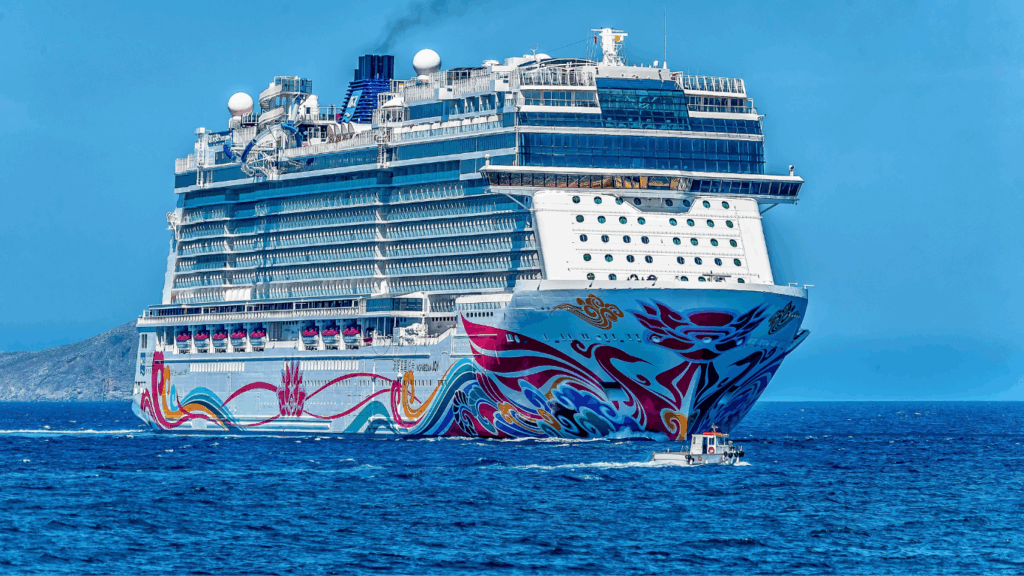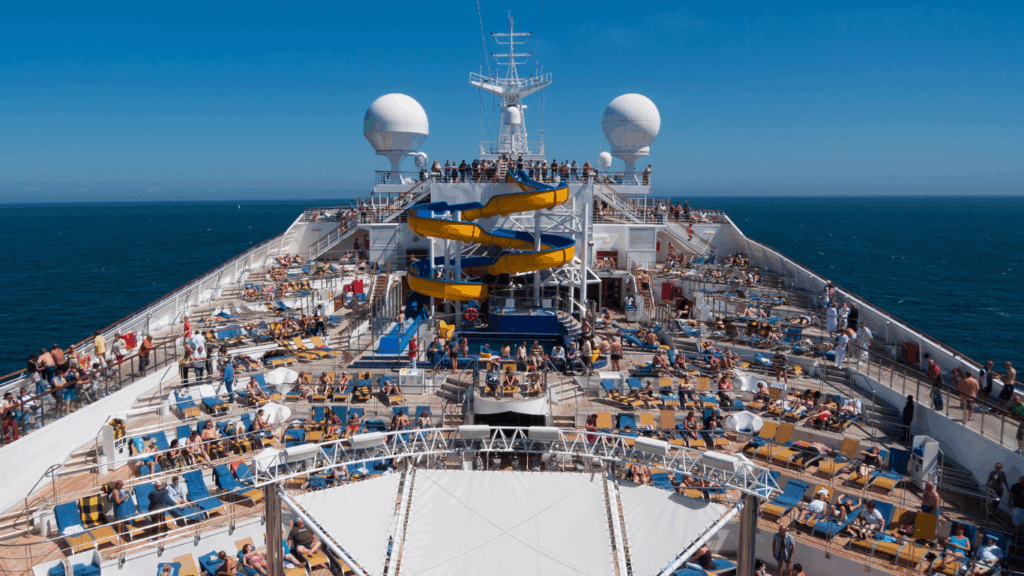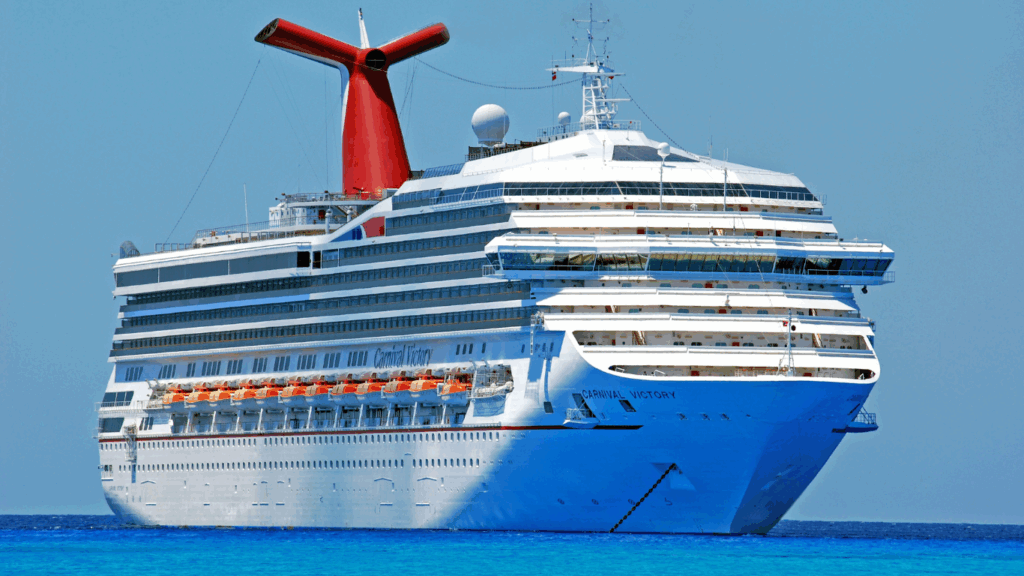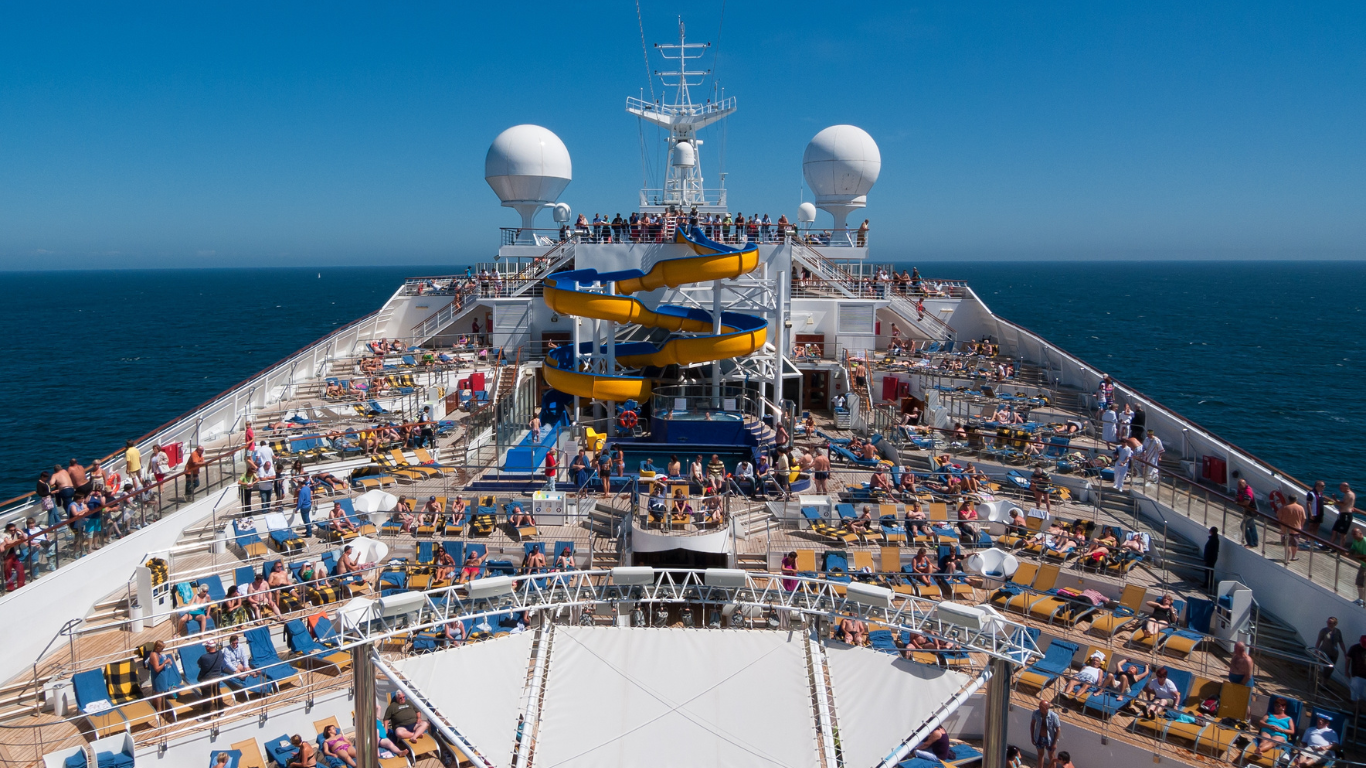


Cruise vacations have long been associated with luxury and adventure, yet they often face criticism for their environmental impact. However, the cruise industry is undergoing a significant transformation, adopting sustainable practices and innovative technologies to minimize its ecological footprint. Let’s explore and dispel some common myths about cruising and highlight how the industry is becoming more eco-friendly every day.
Myth 1: Cruise Ships Are Major Polluters
Reality: While cruise ships have historically contributed to environmental pollution, the industry is actively implementing measures to reduce emissions and promote sustainability. For instance, MSC Cruises has introduced the MSC Euribia, which utilizes Liquefied Natural Gas (LNG) for cleaner fuel combustion, advanced waste management systems, and water conservation technologies. Similarly, Silversea’s Silver Nova employs a hybrid power system combining LNG, fuel cells, and batteries, enabling emissions-free operations while in port.
Myth 2: Cruise Lines Are Not Investing in Sustainable Technologies
Reality: The cruise industry is heavily investing in innovative technologies to enhance sustainability. Norwegian company Hurtigruten is developing the “Sea Zero” project, aiming to launch the world’s tallest cruise ship powered by large battery systems and OceanWings—electrical sails equipped with solar panels—by 2030. Additionally, Eco Marine Power in Japan is pioneering the Aquarius Marine Renewable Energy system, integrating rigid sails and solar panels to harness wind and solar power for marine vessels. Condé Nast
Myth 3: Cruise Ships Cannot Operate Emission-Free
Reality: Advancements in hybrid and electric propulsion systems are enabling cruise ships to operate with significantly reduced emissions. Norway’s Havila Voyages has introduced ships like the Havila Polaris and Havila Pollux, equipped with massive batteries allowing for up to four hours of emissions-free cruising. These vessels can recharge using Norway’s hydropower grid, aligning with the country’s goal to ban fossil fuel-powered vessels from its fjords by 2026. Time+1Condé Nast Traveler+1
Myth 4: Cruise Itineraries Are Environmentally Inefficient
Reality: Cruise lines are optimizing itineraries to enhance fuel efficiency and reduce environmental impact. MSC Cruises is implementing OptiCruise, a planning tool designed to cut emissions by up to 15% by 2026 through efficient port sequencing and speed management. Norwegian Cruise Line Holdings is also adopting longer open-jaw itineraries, estimating a 16% reduction in emissions for similar-sized vessels. Wikipedia+2dailytelegraph+2Wikipedia+2
Myth 5: Cruise Passengers Are Disconnected from Sustainability Efforts
Reality: Cruise lines are actively engaging passengers in sustainability initiatives. Companies like Coral Expeditions offer citizen science-themed excursions, involving guests in conservation activities such as species surveys on the Great Barrier Reef. Aurora Expeditions participates in the Clean Up Svalbard initiative, encouraging passengers to help remove waste from Norway’s shores. Oceania Cruises provides “Go Green Tours,” showcasing local conservation efforts like beekeeping in St. Lucia and textile upcycling in Estonia. dailytelegraph
Conclusion
The cruise industry is charting a new course towards sustainability, investing in cleaner technologies, optimizing operations, and involving passengers in environmental stewardship. As innovations continue to emerge, cruising is becoming a more eco-friendly travel option, offering passengers the opportunity to explore the world responsibly.

